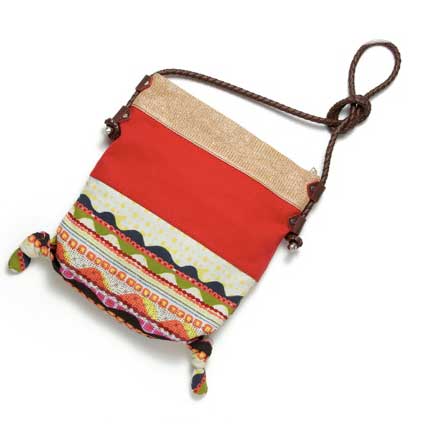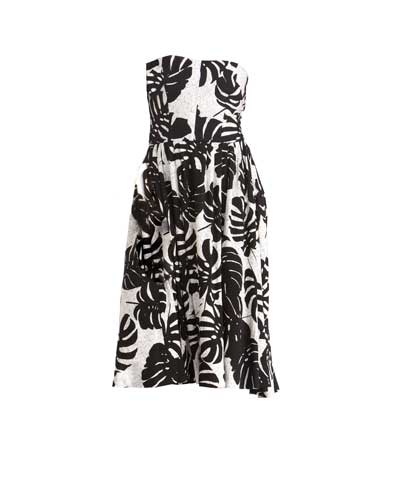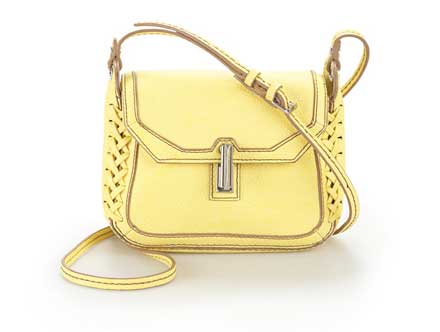Rachel Roy x Seu Jorge Collection — Fashion to the Tunes of Brasil America






The year: 2002. The setting: a darkened theater inside New York City’s Angelika Film Center, a haven for independent and foreign film lovers. The players: my best friend from high school, James, and, of course, me.
James was visiting New York City from Philadelphia and had convinced me to meet him downtown so we could watch City of God together. Little had been reported about the Brazilian film just yet, but we were both intrigued. Neither one of us knew, however, that we were about to watch a film that would impact us so deeply that we’d be discussing it a decade later, alluding to different scenes and debating points as passionately as if we’d screened the movie a day earlier. Gorgeous cinematography aside, Fernando Meirelle‘s masterpiece pulls the curtain back on Río de Janeiro, steering away from clichéd, paradisaical portrayals of moneyed beauties frolicking on glorious beaches, and instead choosing to set his coming-of-age story in a hyper violent favela (shanty town).
In these racially segregated (an estimate 70% of favela residents are black), isolated, heavily impoverished neighborhoods, educational and employment opportunities are practically non-existent, basic services like sanitation and electricity are practically luxuries, drug trafficking abounds, and gang warfare has turned the streets into a battleground. In City of God, audiences see chubby-cheeked children toting guns, executing killings on orders barked by their elders. Watching 7- and 8-year-old children carrying out executions is heart-breaking fare — and yet those harrowing images are an accurate reflection of life in a favela, which is precisely what makes them so haunting, so indelible.
And yet the ruthless, shocking, dark elements of the film are juxtaposed against lighter, more tender and even humorous moments, scenes when samba music fills the room or smitten teens steal kisses near a sandy stretch. The human spirit, after all, is nothing if not resilient —a nd, even in the most dire circumstances, there’s the need to find joy.
If you’ve watched City of God as often as I have, then you might remember the character of Knockout Ned, played by Brazilian musician Seu Jorge. Born in a favela in what is now called the city of Belford Roxo, north of Rio, Seu Jorge is actually one of Brazil’s most beloved modern samba and soul artists. Through his music, Seu Jorge captures every aspect of Brazilian life — crooning about love in “Carolina” while celebrating the dedication and commitment of blue-collar laborers in “Trabalhador Brasileiro.”
Moved by Seu Jorge’s music, New York-based designer Rachel Roy approached the Brazilian icon about collaborating on a fashion collection celebrating his native land, using the vibrant colors that tipify the architecture of its biggest cities, touching upon the artforms and traditions of the various indigenous communities, and channeling the role music plays in Brazilian culture. The Rachel Roy x Seu Jorge collection, then, feels like an honest tribute to Brazil rather than some outsider’s tourist-y interpretation of a foreign place and its culture. Roy’s decision to honor a culture rather than recklessly appropriate it is a testament to her own professional and personal integrity.
In terms of the actual collection, offerings range from sexy maxi dresses in flowing silhouettes to raffia- and straw-adorned handbags and clutches.
One of my favorite pieces is the Weekend Messenger ($69 at RachelRoy.com) shown at top, a canvas and raffia piece measuring 12″ in width, 12″ in height, and 1″ in depth, and featuring a Joan Miró-esque, multi-colored print peppered with wave-like motifs, polka dots, and rows of cube shapes. Another standout in the accessory realm is the Shifali Wedge Sandals ($149 at RachelRoy.com), shown next to last above, open toe canvas sandals with a fabric-covered wedge heel and a straw-covered platform. Measuring 5″ in height, these wedges feature two elastic straps hugging the ankle for a secure fit. Even a simple leather bag, like the Rio Crossbody ($59 at RachelRoy.com) shown third from top, is infused with an energetic spirit thanks to the vibrant yellow, red, and blue shades in which it was produced, not to mention the braided details at the sides.










